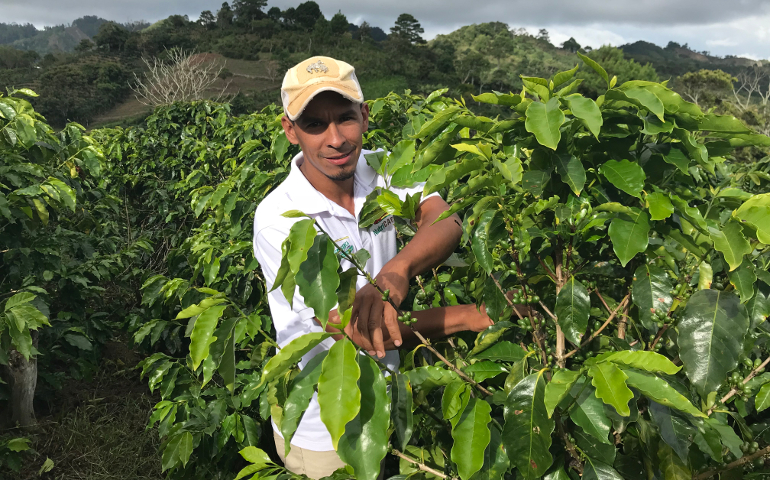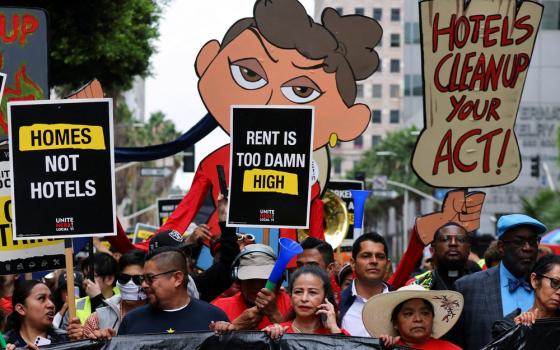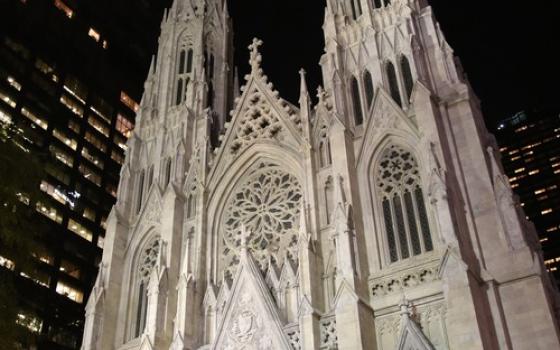
Moises García farms coffee in the hamlet of Zapote in western Honduras, where he says at least 20 people have left in 2018. (David Agren)
Editor's note: Global Sisters Report is bringing a sharper focus to the plight of refugees through this special series, Seeking Refuge, which follows the journeys refugees make. This is the final story in the series. For more GSR coverage on migration around the world, click here.
______
María's nightmare started with gang members demanding that her husband pay a "war tax" — a euphemism for extortion — on a cargo truck he owned. He always paid the 6,000 lempiras ($250), but gangsters killed him anyway, bursting into their San Pedro Sula home two years ago and dragging him away. He was found dead shortly after, with signs of torture and six gunshot wounds to the head.
María, 29, fled with her three children, all under the age of 10, to another part of Honduras. Then, just months later, her brother — who had been deported from the United States 18 months earlier — was also killed by gang members. Figuring she was next, María fled the country with another brother.
"We left the next day with 2,000 lempiras [$84] ... practically nothing," she said during an interview at the offices of the International Committee of the Red Cross in Tegucigalpa, the capital of Honduras.
She left her children with their grandmother, fearing they would suffer too much on the journey, and headed to the U.S. María made it as far as Tabasco state in southern Mexico. There, she was detained and deported by Mexican migration officials, though her brother "ran faster than me," she said, escaped and made it to the U.S.
María, a pseudonym to protect her identity, is among the thousands of Central Americans attempting to escape violence and poverty but ultimately deported back to the country and conditions they fled. The northern triangle countries of Guatemala, El Salvador and Honduras rank among the deadliest in the world, with the homicide rate at times topping 80 people per 100,000.
Even with tougher U.S. immigration policies and a route through Mexico full of risks such as kidnapping, robbery and rape, incentives to leave are strong, observers in Central America say. They cite three main reasons for the outward migration: violence, poverty and plans for family reunification, though each of the three countries has different dynamics.




